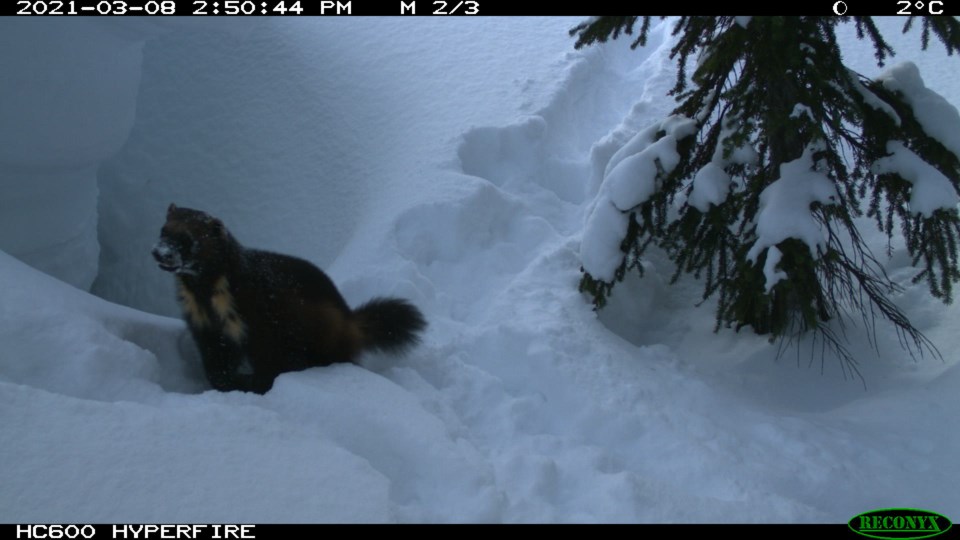A provincial conservation group is looking to British Columbians for help tracking and protecting wolverines, which are deemed to be at-risk by the Canadian Species at Risk Act.
Wolverine Watch is hoping that through a "combination of citizen science and drone photography," it will be able to continue its work of delineating wolverine denning areas in the province.
Wolverines, the largest member of the weasel family, make their dens by digging snow tunnels where they will spend the winter foraging for food and nursing their kits.
However, if disturbed, wolverines will often abandon their dens. With already low rates of reproduction coinciding with the height of human winter activity, it is all the more important to avoid disturbing any wolverine dens you may come across, Wolverine Watch explained in a press release.
"[Wolverines] find quiet, remote drainages near the tree-line in late January, and if they are not disturbed, the female will successfully give birth to and nurse her kits, then leave the area in May," said wolverine biologist, Andrea Kortello in the release.
If you come across one of their dens, it's important to "let them have some space and find a neighbouring drainage to ski or recreate in between late January and May," she continued.
Kortello is asking that anyone who may come across a wolverine den, or signs of a wolverine—the most clear sign is four hand-sized tracks that follow one another in a cascading line—to take a picture, vacate the area as to not disturb the animal, and submit the picture with the location where it was taken using the link at wolverinewatch.org.
Wolverines are known to travel in a "solitary, unwavering straight line, sometimes for kilometres," according to the release. A clear sign that a den is nearby is a large concentration of tracks in one area, as this likely means the mother is going back and forth from the den to forage for food.
"Together with land managers, we have been able to conserve wolverine denning areas, one den at a time, and that is largely as a result of public involvement," said biologist Doris Hausleitner, in the release.




